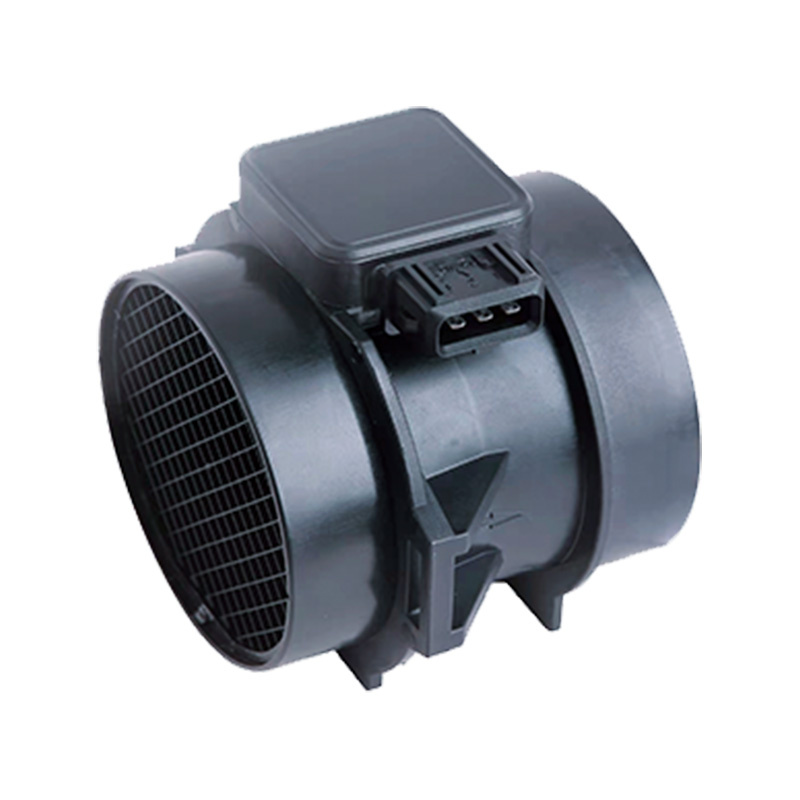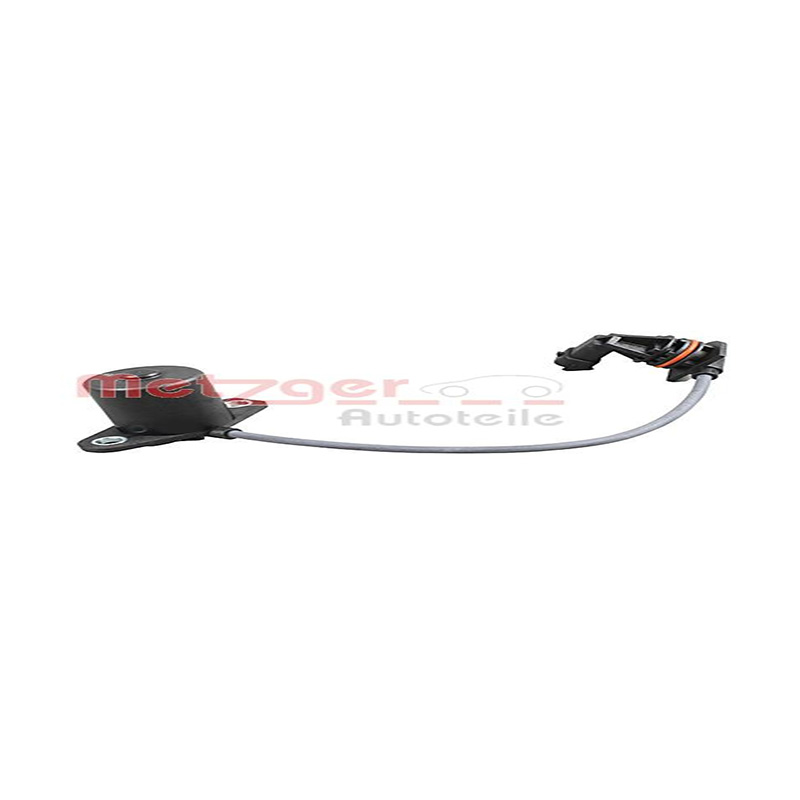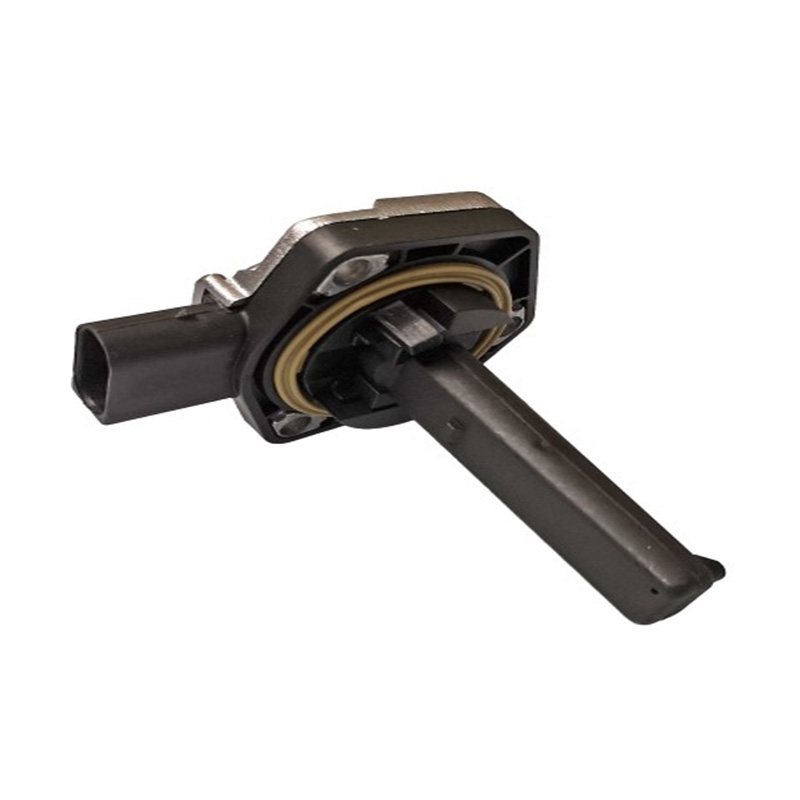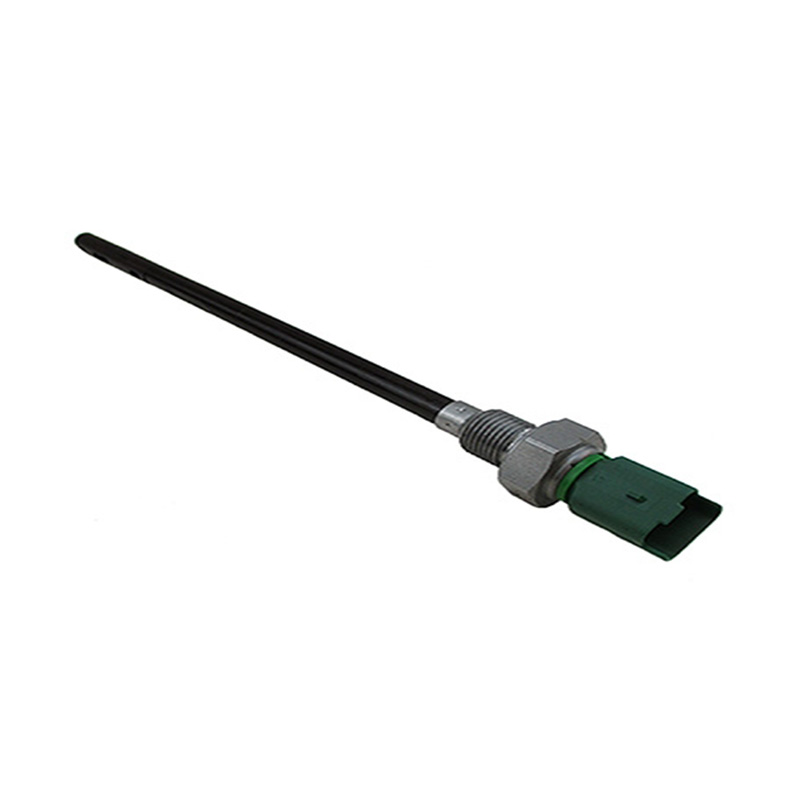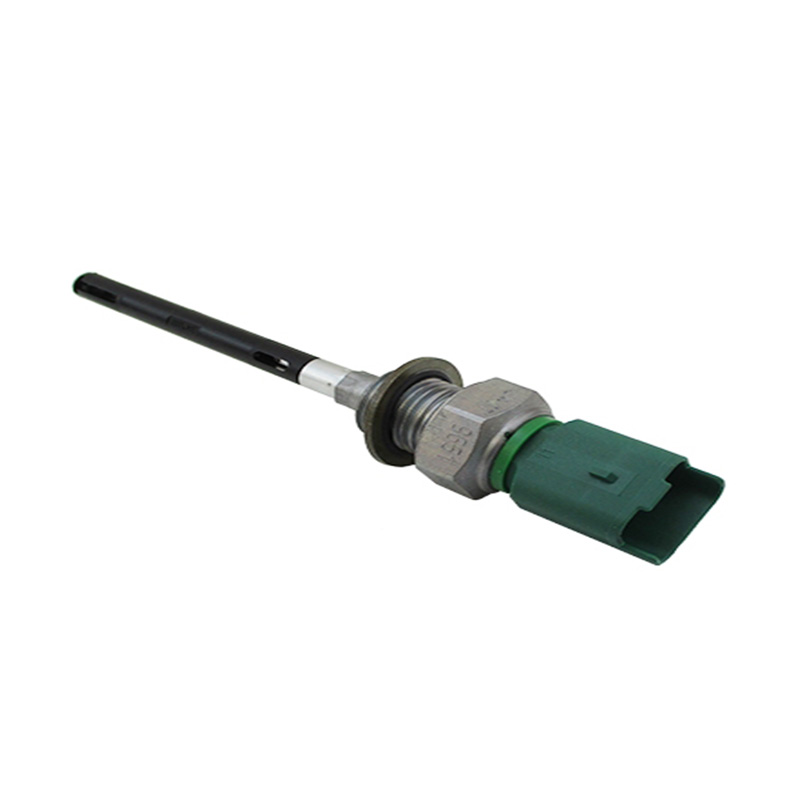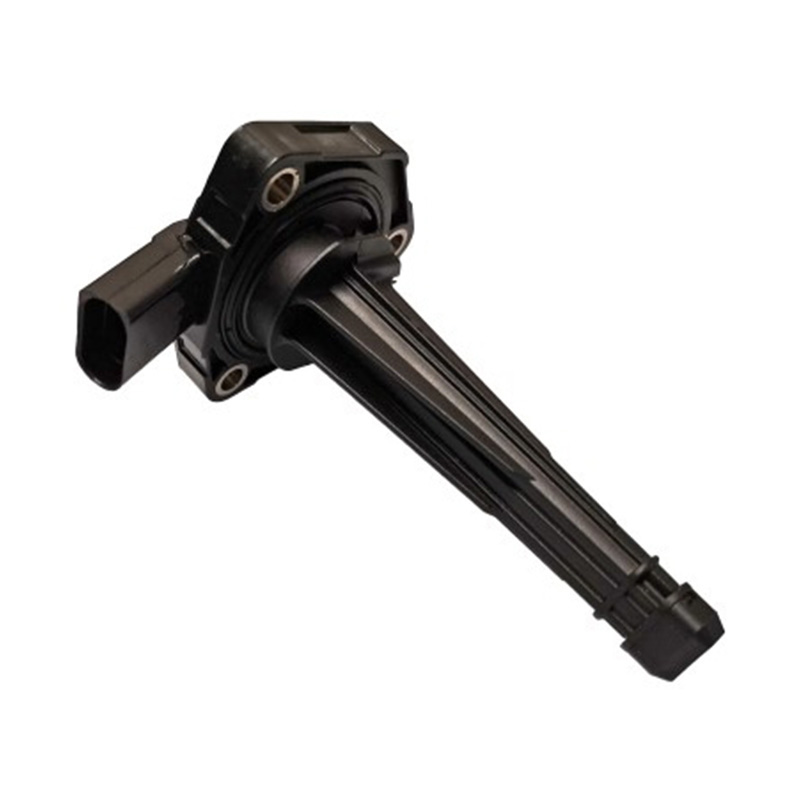OEM.NO: 5WK9608 5WK9608Z
See DetailsDecoding How Tire Pressure Sensors Monitor Tire Air Pressure
Tire pressure sensors serve as vigilant guardians, constantly monitoring the air pressure within vehicle tires to ensure good performance, safety, and longevity. But how exactly do these sensors detect tire air pressure? Let's delve into the intricate workings of tire pressure sensors, exploring their mechanisms and significance in automotive technology.
Tire pressure sensors, also known as tire pressure monitoring systems (TPMS), are sophisticated devices integrated into modern vehicles to monitor the air pressure inside each tire. These sensors play a crucial role in alerting drivers to deviations from recommended tire pressure levels, thereby enhancing safety, fuel efficiency, and overall driving experience.
Direct TPMS:
Direct TPMS employs sensors mounted directly onto each tire's valve stem or within the tire itself. These sensors typically utilize a pressure-sensitive mechanism, such as a microelectromechanical system (MEMS) or piezoelectric sensor, to detect changes in tire pressure. When the tire pressure deviates from the preset threshold, the sensor transmits a signal to the vehicle's onboard computer, triggering a warning light or message on the dashboard.
Indirect TPMS:
Indirect TPMS, on the other hand, relies on the vehicle's existing wheel speed sensors to indirectly monitor tire pressure. By analyzing variations in wheel speed caused by changes in tire diameter resulting from pressure fluctuations, the system can infer tire pressure levels. While indirect TPMS may offer cost savings and simplicity of installation compared to direct TPMS, it tends to be less precise and responsive.
Functions and Significance:
Real-time Monitoring:
Tire pressure sensors continuously monitor the air pressure within each tire in real-time, providing drivers with immediate feedback on tire status. This real-time monitoring capability enables drivers to promptly address any deviations from recommended tire pressure levels, minimizing the risk of tire-related accidents or incidents.
Early Warning System:
By alerting drivers to low tire pressure conditions, tire pressure sensors serve as an early warning system, helping prevent potential tire failures, blowouts, or accidents. Maintaining proper tire pressure is essential for good traction, braking performance, and vehicle stability, especially in adverse driving conditions.
Enhanced Safety:
Ensuring proper tire pressure is crucial for vehicle safety, as underinflated or overinflated tires can compromise handling, braking, and overall stability. Tire pressure sensors play a vital role in promoting safe driving practices by empowering drivers to proactively address tire pressure issues before they escalate into safety hazards.
Fuel Efficiency and Tire Longevity:
Properly inflated tires contribute to improved fuel efficiency by reducing rolling resistance and optimizing fuel consumption. By alerting drivers to underinflated tires, tire pressure sensors help improve fuel efficiency and extend tire longevity by minimizing premature wear and tear.
The tire pressure sensors are indispensable components of modern vehicle safety and performance systems, providing real-time monitoring of tire air pressure to enhance safety, fuel efficiency, and overall driving experience. Whether through direct or indirect monitoring methods, these sensors play a pivotal role in alerting drivers to tire pressure deviations and empowering them to take proactive measures to maintain good tire health. As automotive technology continues to evolve, tire pressure sensors will remain integral to promoting safe and efficient driving practices on roads worldwide.
